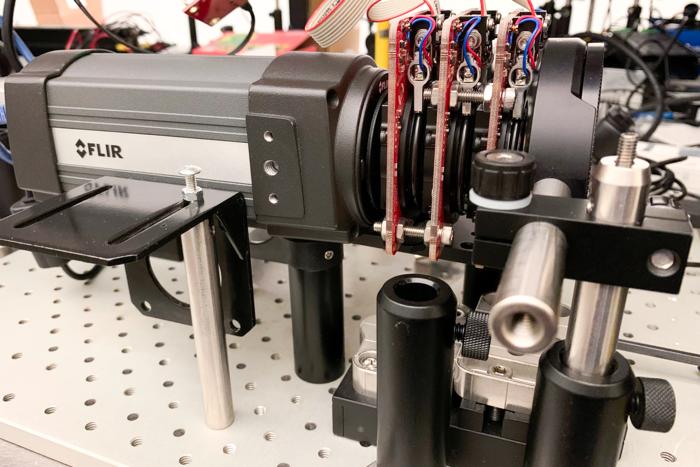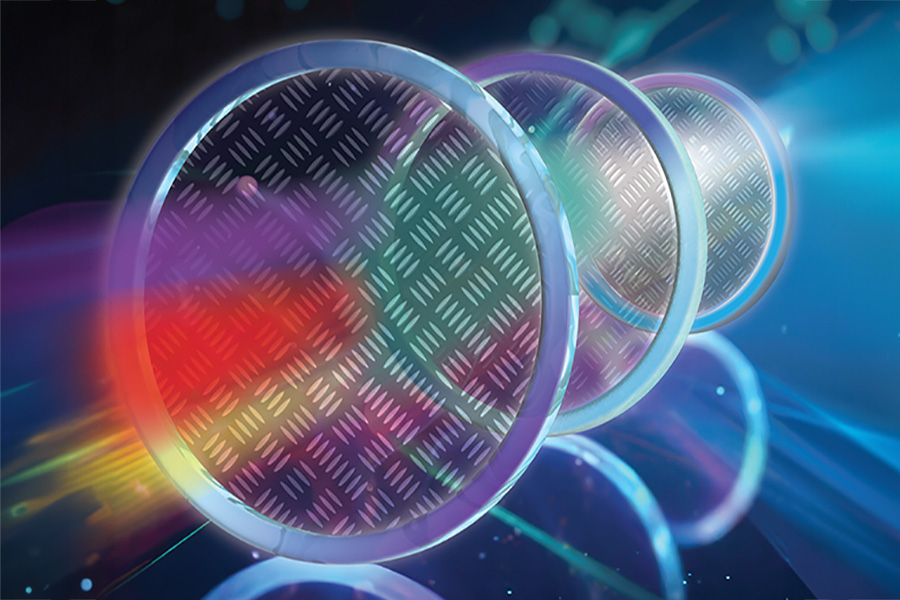Thermography, while offering numerous advantages, has long faced certain limitations. New thermal imaging technology promises to address these constraints and expand its capabilities.
Researchers at Purdue University have developed a new thermal imaging system based on metasurfaces, which allows thermal cameras to capture more detailed and nuanced information about objects. This approach could significantly unlock environmental adaptability and broader applications across various industries.
Traditional spectral thermal imagers have faced challenges associated with their bulky and delicate nature, relying on large filter wheels or interferometers. To overcome these issues, the research team, led by Zubin Jacob, integrated meta-optical devices with advanced computational imaging algorithms. The result is a compact and robust system with expansive coverage.
According to researchers, the core of this newly developed system is a stake of spinning metasurfaces. When thermal light interacts with these spinning metasurfaces, it’s separated into different wavelengths and polarimetric components. Detectors then capture these components, which are subsequently processed by advanced computational algorithms. This process allows the imaging system to capture more detailed information compared to traditional thermal imaging.
During the trials, the team successfully classified various materials, a challenging task for conventional thermal cameras. The technology’s ability to distinguish temperature variations and identify materials based on spectro-polarimetric signatures could enhance safety and efficiency in applications like autonomous navigation.

The researchers are confident that the technology could bring benefits to various industries. In airport security, for instance, the system could prove invaluable in detecting concealed items or substances on individuals. Furthermore, its compact and robust design makes it well-suited for diverse environmental conditions, offering benefits for applications such as autonomous navigation.
Still under development, the system is being fine-tuned for real-time video capture and sharper details. Researchers are also refining the light handling and processing speed. In the future, they aim to expand the technology to capture objects at room temperature by exploring new materials, metasurface designs, and anti-reflection techniques. The system could soon be used in even more ways across different fields.
The research was first published in Optica, Optica Publishing Group’s journal.
Image Source: Xueji Wang/Purdue University






